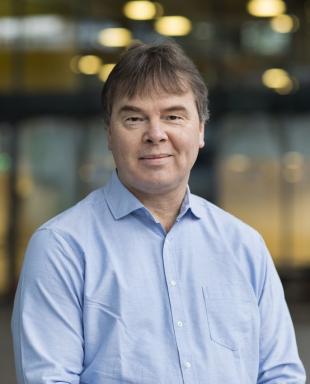Prof. Hans Kuipers graduated in 1985 at the department of Chemical Engineering of the University of Twente. In December of the same year he started with his Ph.D. study at the Reaction Engineering group of University of Twente on detailed micro balance modeling of gas-fluidized beds. In June 1990 he received his Ph.D. degree in Chemical Engineering and was appointed as assistant professor in the Reaction Engineering group headed by Prof. W.P.M. van Swaaij. In 1994 he was appointed as associate professor in the same group. In 1999 he became fulltime professor in Fundamentals of Chemical Reaction Engineering at the University of Twente. From 2006 until 2010 he was Scientific Director of the Institute of Mechanics Processes and Control (IMPACT) at the University of Twente. Since August 2010 he is a fulltime professor at Eindhoven University of Technology and heads the group Multiphase Reactors. He teaches amongst others introductory and advanced courses on transport phenomena and multiphase reactors. His research interests are in the area of multiphase chemical reactors. He participates in the Gravitation Program Multi-scale Catalytic Energy Conversion (MCEC) and acts as program director Process Technology and member of the Executive Board (EB) of the Advanced Research Center (ARC) Chemical Building Blocks Consortium (CBBC).


